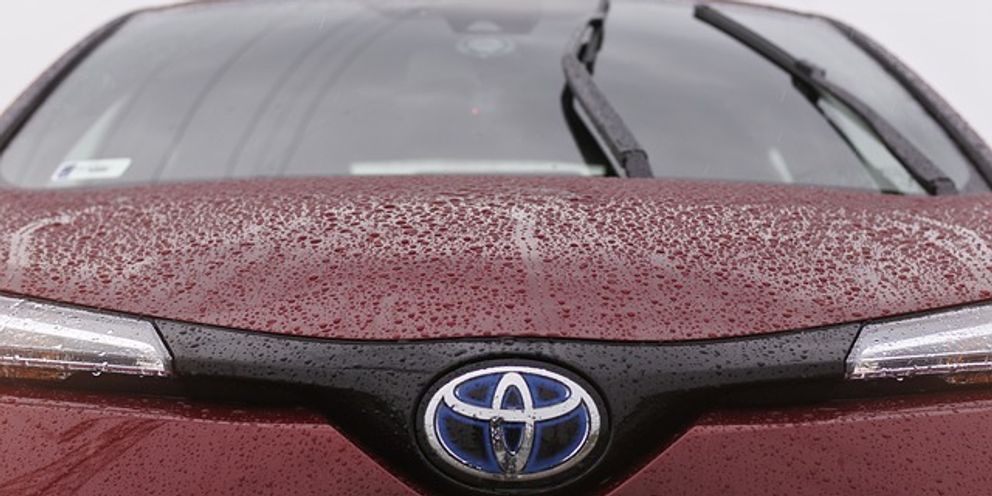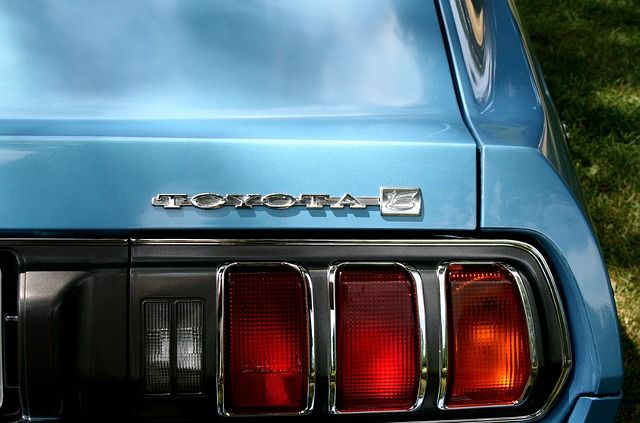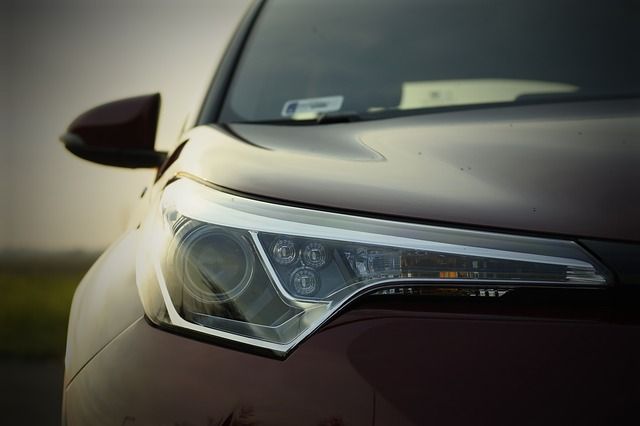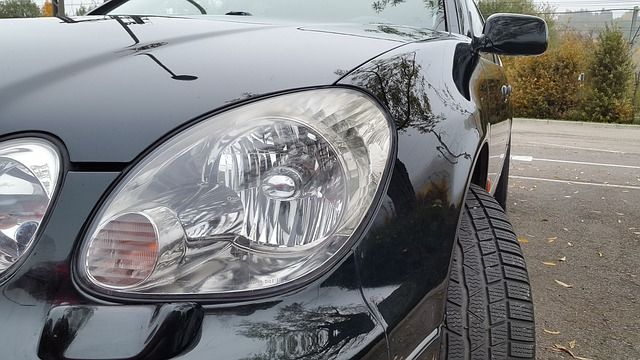
History of Toyota Cars
Image Source: Pixabay
Written by: Gregory Miller
Toyota was formed on Oct. 31, 1957. Known as Toyota Motor Sales, U.S.A., Inc., the company established its headquarters in a former Rambler dealership located in Hollywood, Ca. Toyota began to make its first sales in 1958 with287 Toyopet Crown sedans and one Land Cruiser.
These initial sales gave Toyota a morale boost, but soon the motor company would learn that their crown jewel, the Toyotapet, was considered underpowered and overpriced for the American market. Sales for the Toyopet were finally discontinued in 1961. It was up to the Land Cruiser to save the day, as it had a great reputation as a sturdy, all-terrain vehicle. The Land Cruiser kept Toyota in the game until 1965 when the Toyota Corona was manufactured. Many of these Toyota vehicle are still in very nice condition because their owner maintained them well and were insightful enough to buy a Toyota cover to protect the vehicle.
The Toyota Corona was explicitly built for the American market and was the first popular Toyota in the United States. The Corona had all of the features that Americans were looking for in their cars: factory-installed air conditioning, an automatic transmission, and a powerful engine. Due to these features, the U.S. sales of Toyota vehicles increased to more than threefold in 1966 to more than 20,000 units.
As time went on, Americans began to realize that Toyota products were highly reliable cars. Thus sales continued to climb upward. Only a year later, in July 1967, Toyota became the third-best-selling import brand in the United States.In 1968, Toyota rolled out the Corolla. Much like its predecessor, the Corona, American drivers fell in love with the car. So many people loved the vehicle, that the Corolla sold over 30 million units in over 140 countries, making it the world’s all-time best-selling passenger car.It wouldn’t take long for Toyota to sell one million vehicles. This milestone occurred in 1972, and by 1975 Toyota overtook Volkswagen and became the number one import brand in the United States. In 1978, Toyota was recognized for this accomplishment and received the “Import Triple Crown”.
In 1982, amidst celebrating its 25th anniversary in the United States, Toyota opened a new national sales headquarters complex in Torrance, Ca. Toyota only continued to thrive, and in 1986, it became the first import automaker to make more than one million sales in the United Sates in a single year. The total sales numbers equaled 1,025,305 cars and trucks. 1986 was also the year that Toyota debuted as an American manufacturer, as the company began rolling out vehicles on American soil. The vehicle in question, the Corolla FX16, was manufactured on Oct. 7, 1986, at the New United Motor Manufacturing, Inc. plant. The FX16 was a joint venture between Toyota and General Motors.

Image Source: Pixabay
Ever since that day, Toyota has increased its auto manufacturing plants across North America. By the tail end of 2011, Toyota would have 14 plants attributed to its name scattered all across North America. These facilities are located in Indiana, Kentucky, California, Tennessee, Alabama, West Virginia, Mississippi, Missouri, and Texas.As Toyota continued to grow across America, the company strived to improve communities all across the country. Thus, in commemoration of its 30th anniversary in America in 1987, Toyota established the Toyota USA Foundation with a $10 million endowment. It also took a vow to become a leading corporate citizen.
1989 was the year that Toyota branched out into the luxury market by debuting the ES 250 and the Lexus LS 400. Lexus soon became known for its highly acclaimed vehicles and amazing customer service. Not surprisingly, in 1991 Lexus became the number one luxury import in the United States, having surpassed both BMW and Mercedes Benz. Toyota only continued to grow through the 1990s. In December 1997, the Toyota Camry earned the title of the number one top-selling car in the United Sates. The next year, Toyota launched the Tundra, its first full-sized pickup.
Once the new millennium rolled around, Toyota took the market by storm by launching the Prius, the world’s first mass-produced gas/electric hybrid car. The Prius was a revolutionary design, featuring a medley of features that impressed buyers worldwide: clean tailpipe emissions and 45 city/51 highway fuel economy chief amongst them.
In May 2001, Toyota Motor Sales de Mexica, Toyota’s new sales and marketing subsidiary in Mexico, came into existence. By the end of 2001, Toyota’s nearly unstoppable growth made it the third best-selling automotive brand in the United States, even surpassing Dodge.
At the end of 2002, Toyota unrolled its first two zero-emission, market-ready hydrogen fuel cell vehicles to lucky customers in California. The following year, Toyota debuted its new breakthrough hybrid technology, the “Hybrid Synergy Drive”. This new technology came in the form of the brand new 2004 Prius.
Image Source: Pixabay
In 2003, Toyota launched the Scion, its third line of vehicles. The Scion line showcased three fair priced vehicles that were rich in features and focused on younger drivers as its target audience. Needless to say, the Scion was a smashing success, and in 2004, Toyota reached the milestone of selling more than two million units in a single year in the United States. 2005 saw the introduction of the Lexus RX 400h, the world’s first luxury hybrid as well as a hybrid option for the Toyota Highlander.
Toyota continued to push its new environmentally friendly line and added a hybrid option to its ever-popular Camry sedan in 2006. During the same year, Toyota began construction on its brand new Kentucky plant. Furthermore, the company opened the doors to its 10th U.S. plant located in San Antonio, Texas, built exclusively to manufacture pickup trucks. Even still, Toyota unveiled the FJ Cruiser, popular due to its design that was very reminiscent of the Land Cruiser, the only vehicle that Toyota has continued to sell throughout the 50 years that it has been in America. With the launch of the FJ Cruiser, sales skyrocketed to 2.5 million for the first time ever, and Toyota solidified its position as the third best-selling automotive company in America.2007 was Toyota’s 50th year in the United States. That year, the company launched its largest pickup truck date, the Toyota Tundra. It also launched the second-generation of Scion xB urban utility vehicles as well as the first V8 hybrid in the world, the Lexus LS 600h.
Things would take a turn for the worse for Toyota when America was hit with a massive economic recession. Sales fell in 2008, but that didn’t stop Toyota from still dominating the market. The Toyota brand was still able to outsell Chevrolet to claim the spot as the number one selling automotive brand in the United States. On top of that, Camry continued to dominate as the number one selling car in America for the 11th time in 12 years. As if things couldn’t get any better, Toyota also surpassed General Motors in terms of global sales and claimed the title of the world’s largest automaker for the first time in history.
2009 introduced the third-generation of Prius, the new gas/electric hybrid with an estimated EPA fuel-economy rating of 50 miles per gallon in combined driving. Alongside the release of the all-new Prius was the HS 250h from Lexus, its first dedicated hybrid. Lexus also unveiled a medley of new vehicles: the GX 460 luxury utility vehicle, the V6- powered RX 350, and the hybrid RX 450h. By years end, the combined sales of Lexus hybrids and Toyota in the U.S. surpassed the one million mark.

Image Source: Pixabay
In 2010, Toyota fired up its Indiana plant to manufacture the third-generation of Sienna. In late January, however, Toyota suspended sales for a short period of time to address a potential safety issue, accelerator pedals that would stick. Despite the fact that Toyota rolled out a fix in early February, coverage by the media didn’t help the issue. Additional recalls led to a hearing in front of congress, and Toyota had to pay three federal penalties as a result. After such a debacle, Toyota strived to improve the safety features of their vehicles. However, public perception was at an all-time low. Coupled with the lingering effects of the recession, Toyota experienced a dip in sales by 0.3 percent for that year. Despite this Toyota still dominated the car market in the United States. The Camry was still the best-selling passenger car in America, Lexus retained its title as the top luxury brand, and Toyota was ultimately still the number one retail brand.
2011 was a trying year for Toyota. On March 11, 2011, a 9.0 magnitude earthquake shattered the Tohoku region of Japan that was followed immediately by a massive tsunami that claimed the lives of nearly 16,000 people. Toyota lost four production facilities in the devastation. Just as the company was getting back on their feet, two more production plants were shut down due to flooding in Thailand. Despite its losses, Toyota was able to return to near-normal production levels by the end of the year.
Through the combined efforts of its associates both in Japan and around the world, Toyota was able to recover from the disruptions to its supply lines quickly and began regaining its sales momentum in 2012 as dealers around the globe were fully restocked and ready to sell. By the middle of the year, sales of Toyota, Scion, and Lexus vehicles surpassed the one-million-sales mark in the United States. This was significant because numbers were rare since mid-August of the prior year due to a disruption of supplies.
On April 28, 2014, it was announced that Toyota was opening a new headquarters in North Dallas (Plano), Texas to continue its North American operations. The move was designed to “better serve customers and position Toyota for sustainable, long-term growth.” Furthermore, Toyota expanded the Toyota Technical Center (TTC) located in Michigan.
Toyota also announced that they would be exporting 7,500 Corollas built in Mississippi to 18 countries throughout Central and South America as well as the Caribbean. As of that time, nine of the Toyota models that were built in the company’s four United States assembly plants were being exported to 32 countries around the globe. Also, Toyota was able to celebrate the manufacturing of 10 million cars. The 10-millionth vehicle was manufactured at the plant located in Georgetown, Ky.

Image Source: Pixabay
In 2014, Lexus once again launched a new lineup of vehicles with the debuts of the new RC Coupe, RC F Performance Coupe, and NX compact crossover. At the end of 2014, Akio Toyoda made a groundbreaking announcement as he announced the Mirai (Japanese for “future”), a vehicle that can travel at 300 miles on a single tank of hydrogen, refuel in five minutes or less, and emits only water vapor.
In 2015, Toyota officially opened its North American headquarters in Plano, Texas. Just five months later, the company also finished expanding the Toyota Technical Center (TTC) in York Township, Michigan. On the manufacturing front, the Kentucky plant produced the first Lexus product (the ES sedan to be manufactured in America. Toyota Indian a manufactured its 4 millionth vehicle, Toyota Mississippi acknowledged the 500,000th Corolla to roll off of the line, and Toyota Alabama accepted its 4 millionth engine.
Toyota, Lexus, and Scion continued to make great strides in 2015 with the introduction of the Lexus GS, Mirai, and Scion iA and iM. The three brands were awarded seven J.D. Power vehicle segment awards. Also, Lexus was ranked the highest in vehicle dependability for a fourth consecutive year in 2015.
Despite all of its accomplishments Toyota still had one more major announcement to end out 2015. Toyota announced that it would launch a new business, Toyota Research Institute Inc. (TRI). TRI would be fully dedicated to research and development with a specific focus on robotics and artificial intelligence. TRI will be located in the heart of tech country in the United States, Silicon Valley near Stanford University in Palo Alto, California. Furthermore, a second arm of the new company was to open near Massachusetts Institute of Technology (MIT) located in Cambridge, Massachusetts.
Updated